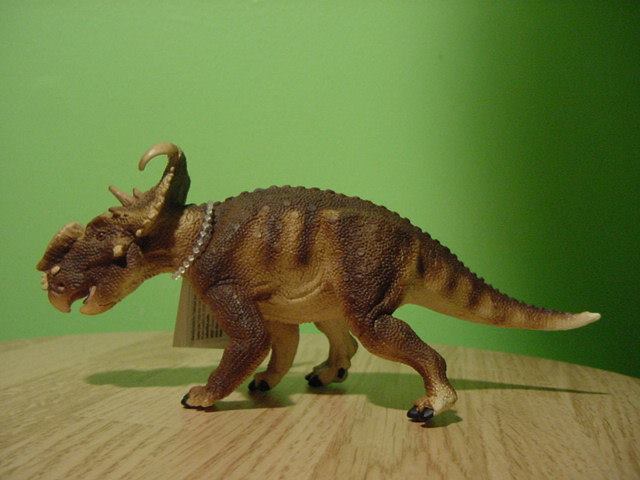Review: Dimorphodon (Wild Safari by Safari Ltd)


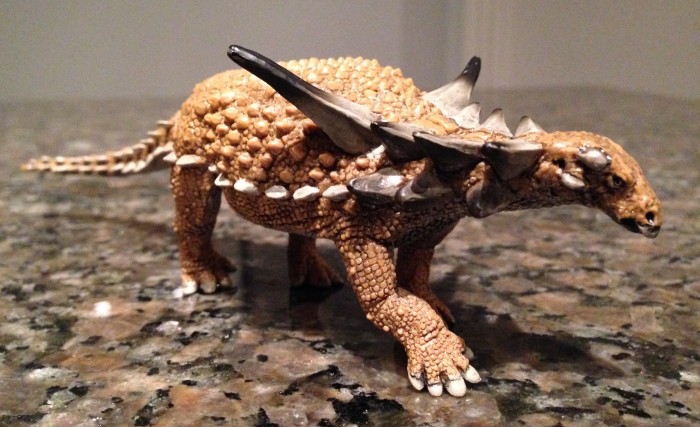
The 2015 Wild Safari Sauropelta measures 19 cm long from nose to tail tip.
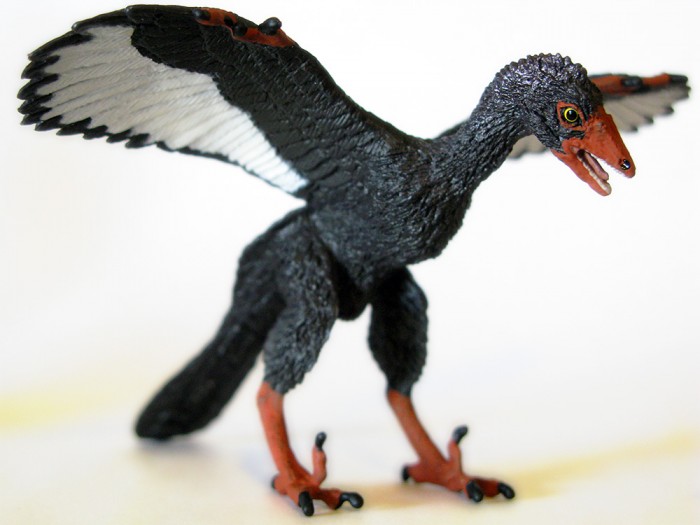
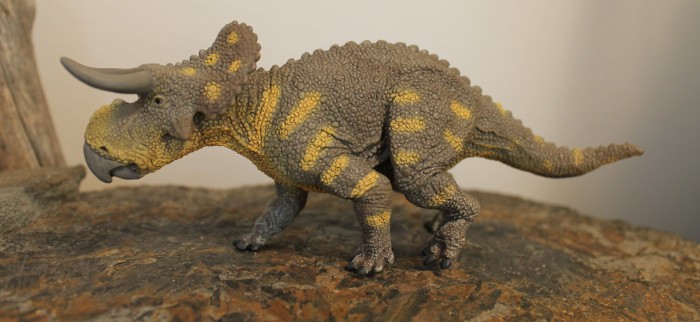
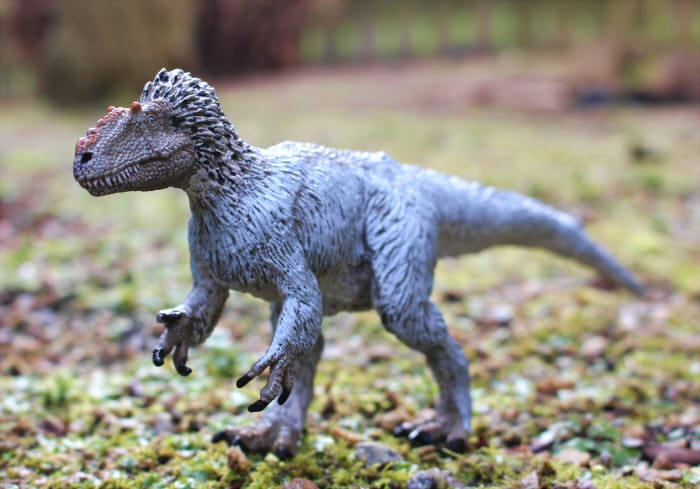
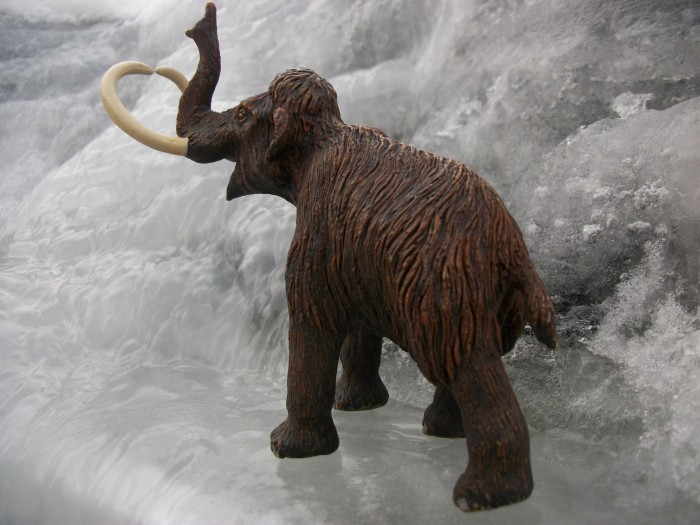
Many years ago when I was a small child, I thought all of the ancient mammoths where the Woolly Mammoth. I later learned that it was a diverse branch with many different members. The first mammoth bones I had ever seen in person were at the Mammoth Site in South Dakota, where a majority of the mammoth remains are of the Columbian variety, but there are also a few remains of the Woolly Mammoth as well.
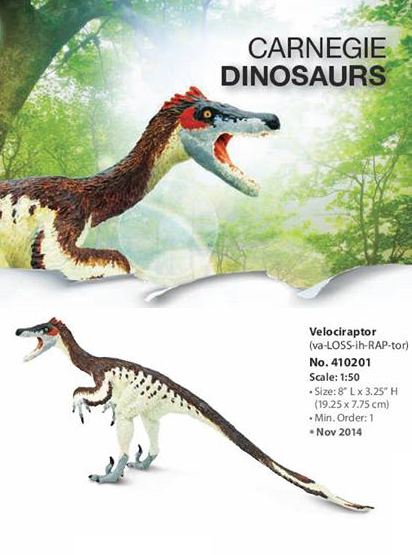
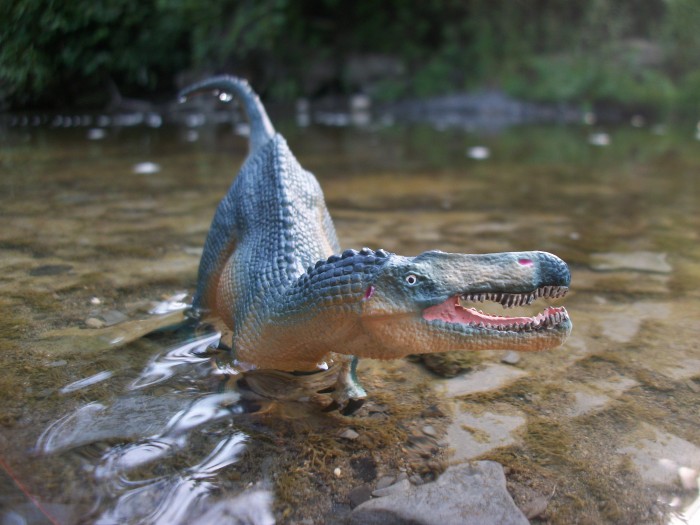
The first time I ever heard of Suchomimus was when I saw Jurassic Park 3 and the character Billy said, “It’s a super-predator: Suchomimus, “then Billy uses his hand and mimics the length of the snout and finishes by saying, “the snout.” The Suchomimus, which means “crocodile mimic” definitely had a pronounced and interesting snout that in a quick glance resembles today crocodiles and alligators, though in reality there are many structural differences.
